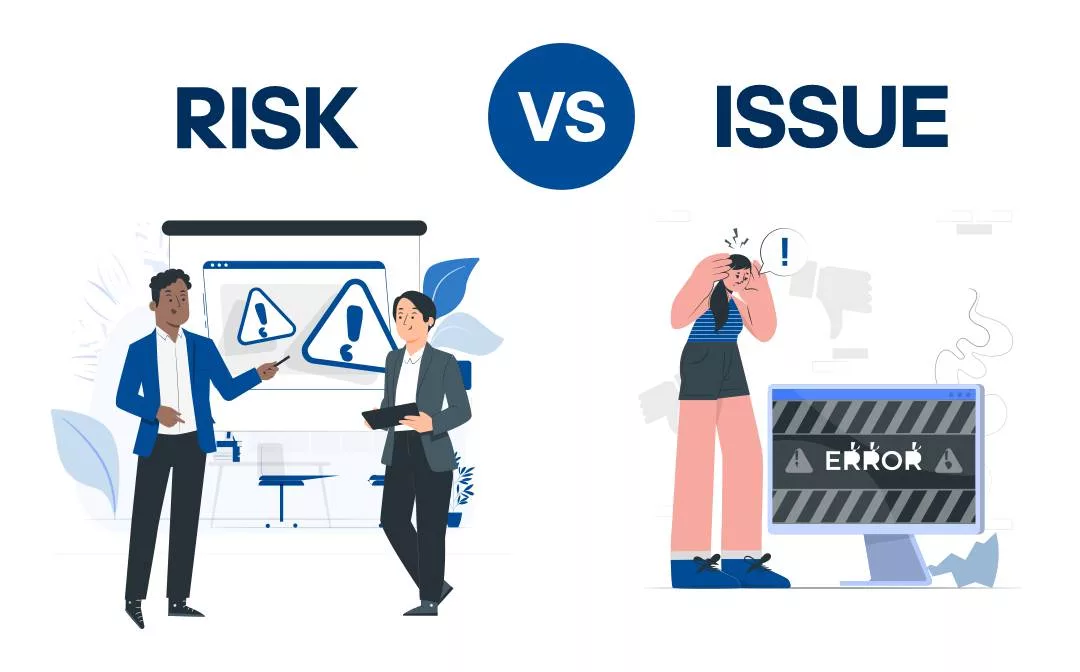Need advice? Call Now, Schedule a Meeting or Contact Us


Speak to an advisor
This article discusses the implication of project risks and issues awareness from non-project resources to the success of a project.

Project risks and issues are an inevitable part of any project. However, the lack of awareness of these risks and issues can have a significant impact on the project's success. This is especially true for non-project resources, who may not be as familiar with the project's goals and objectives, or the potential risks and issues that could arise.
There are a number of reasons why non-project resources may not be aware of project risks and issues. First, they may not be involved in the project planning process, and therefore may not be aware of the risks and issues that were identified at the outset. Second, they may not be regularly updated on the project's progress, and therefore may not be aware of any new risks or issues that have arisen. Third, they may not be familiar with the project's terminology and acronyms, which can make it difficult for them to understand the risks and issues that are being discussed.
The lack of awareness of project risks and issues can have a number of negative consequences for non-project resources. First, it can lead to them making decisions that are not in the best interests of the project. For example, they may agree to take on additional work that they are not qualified to do, or they may not be aware of the need to escalate a risk or issue to the project manager. Second, it can lead to them feeling frustrated and stressed, as they may not know what is expected of them, or they may feel like they are not being kept in the loop. Third, it can lead to them making mistakes, which can further delay the project or even cause it to fail.
There are a number of things that can be done to improve the awareness of project risks and issues among non-project resources. First, it is important to involve them in the project planning process from the outset. This will give them a chance to learn about the project's goals and objectives, and the potential risks and issues that could arise. Second, it is important to regularly update them on the project's progress. This will help them to stay informed of any new risks or issues that have arisen, and to make sure that they are aware of the decisions that are being made. Third, it is important to use plain language when communicating with non-project resources. This will help them to understand the risks and issues that are being discussed, and to make informed decisions.
Here are some simple examples to explain the differences between project risks and issues from a non-project resource perspective:


In essence, the key difference between a project risk and a project issue is that a risk is something that could happen, while an issue is something that has already happened. It is important for non-project resources to be aware of both risks and issues, so that they can take steps to mitigate the risks and to resolve the issues.
In summary, recognising the distinctions between risks and issues is pivotal for project managers and non-project resources alike. By improving the awareness of project risks and issues among non-project resources, project managers can help to ensure that the project is successful. By involving non-project resources in the planning process, regularly updating them on the project's progress, and using plain language when communicating with them, project managers can help to ensure that everyone is on the same page and that the project is completed on time and within budget.














